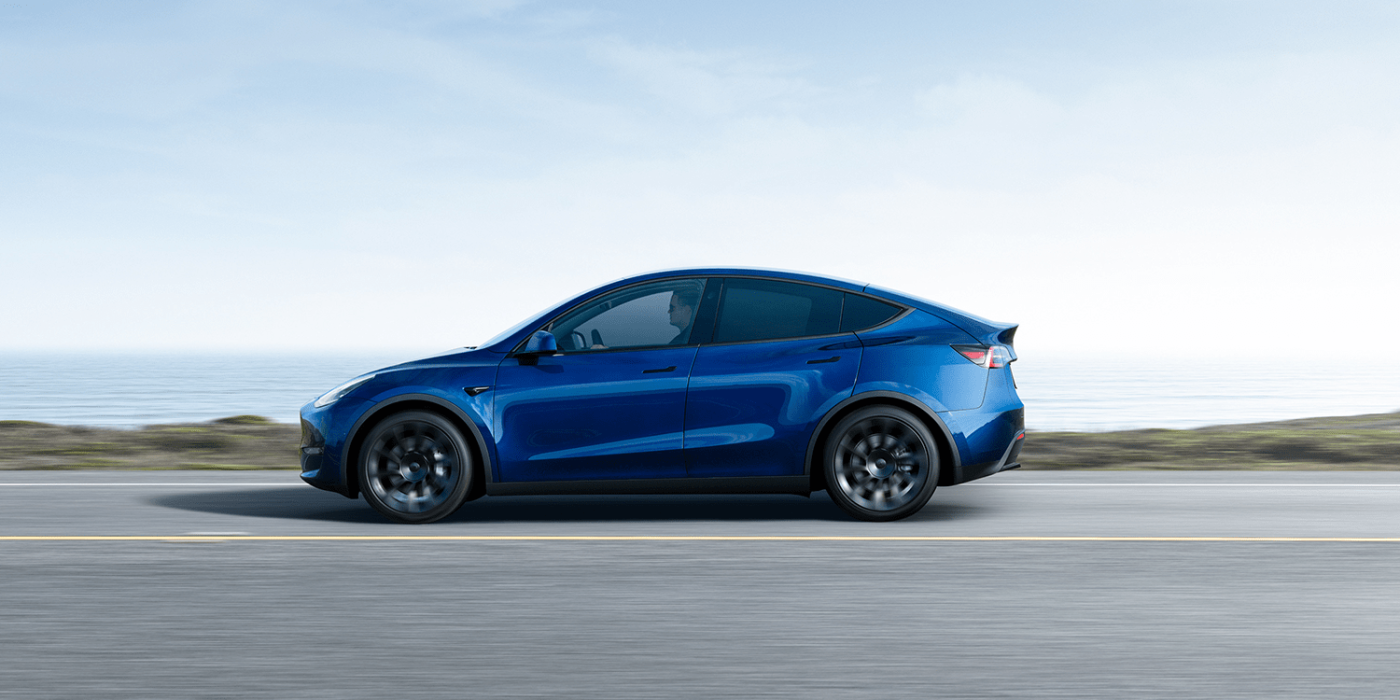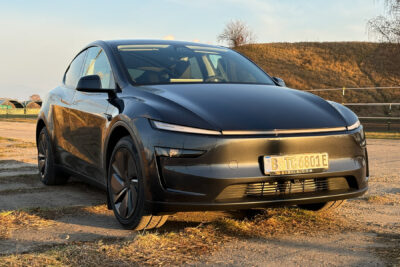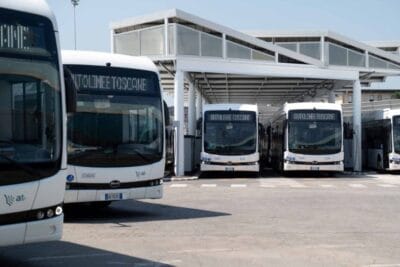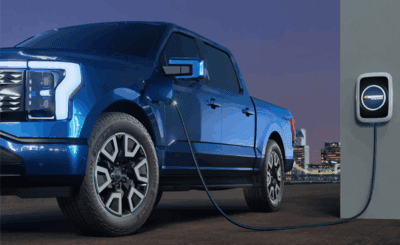EV sales pick up again in Norway over February
After an extremely weak January, electric car registrations in Norway have returned to their usual level: 6,183 new electric cars were registered there in January. By far the best-selling model was the Tesla Model Y.
After the upward outlier in December 2022, the downward outlier occurred in January 2023, as reported: Just 1,237 new electric cars had been registered in January, but the overall market across all drive types had also slumped. February, however, with its 6,193 new electric cars, was back at the level of the previous year – and pretty much exactly. In February 2022, 6,160 new electric cars were registered, so February 2023 represents an increase of 0.3 per cent. Compared to the weak January, the February result means an increase of 399 per cent.
Across all drive types, 7,439 new passenger cars were registered (-8.7 per cent compared to February 2022). The 6,183 electric passenger cars thus correspond to a market share of 83.1 per cent. In addition, there were 521 new plug-in hybrids, which corresponds to a market share of seven per cent. Thus, 90.1 per cent of new registrations in February had a charging connection.
Full hybrids had a market share of 5.4 per cent, while petrol-only cars reached 1.5 per cent and diesel cars stood at 3.0 per cent. In the extremely skewed January, diesel vehicles still managed a market share of 7.6 per cent; the 3.0 per cent achieved has become the usual level in Norway in recent months. At 1.5 per cent, the petrol share was low even by local standards. In absolute figures, 108 petrol and 221 diesel vehicles were registered.
The best-selling model by far was the Tesla Model Y with 1,271 units. This means that 17 per cent of all newly registered vehicles were Model Ys – if you only consider e-registrations, the figure is 20.5 per cent.
Second place goes to a model that has not been found so far in the statistics of the Norwegian Road Information Authority OFV, which the authority itself emphasises in its statement: 568 new cars of the Toyota bZ4X were recorded. Third place went to the VW ID.3 with 535 units, followed by the ID.4 with 485 new registrations. The statistics show the Volvo XC40 and C40 separately with 410 and 134 units respectively. If they were added together, the technically closely related models would come to 544 registrations. In this case, however, the 85 ID.5 units would have to be added to the ID.4, which would put the VW duo from Zwickau ahead of the Volvos again with 570 new registrations again. Worth mentioning, however, is the ID.3, which otherwise had a much lower number of new registrations.
While the model figures of the OFV coincide quite closely with those of the portal EU-EVs except for a few units (e.g. 1,271 Model Y at the OFV to 1,269 at EU-EVs), there is a significant deviation in February: the authority shows the new registrations of 104 VW ID. Buzz, compared to 135 units for the whole year so far. According to EU-EVs, however, 377 units of the MEB van from Hanover were registered in February. In one case this would mean a top place in the turmoil behind the Model Y, in the OFV statistics the ID. Buzz would be in the midfield – around the Nissan Leaf or Hyundai Ioniq 5.
The background to the large difference in the ID. Buzz: Unlike EU EVs, the official statistics distinguish between passenger car and commercial vehicle registrations. With the 104 examples of the ID. Buzz in the OFV statistics are only the passenger cars or “Personbiler” in the original. Of the “Varebiler” or vans, 287 ID. Buzz were registered, which means that the total number of the model, 391 units, even exceeds the figure for EU EVs.
ofv.no, ofv.no (models, both in Norwegian), eu-evs.com





0 Comments